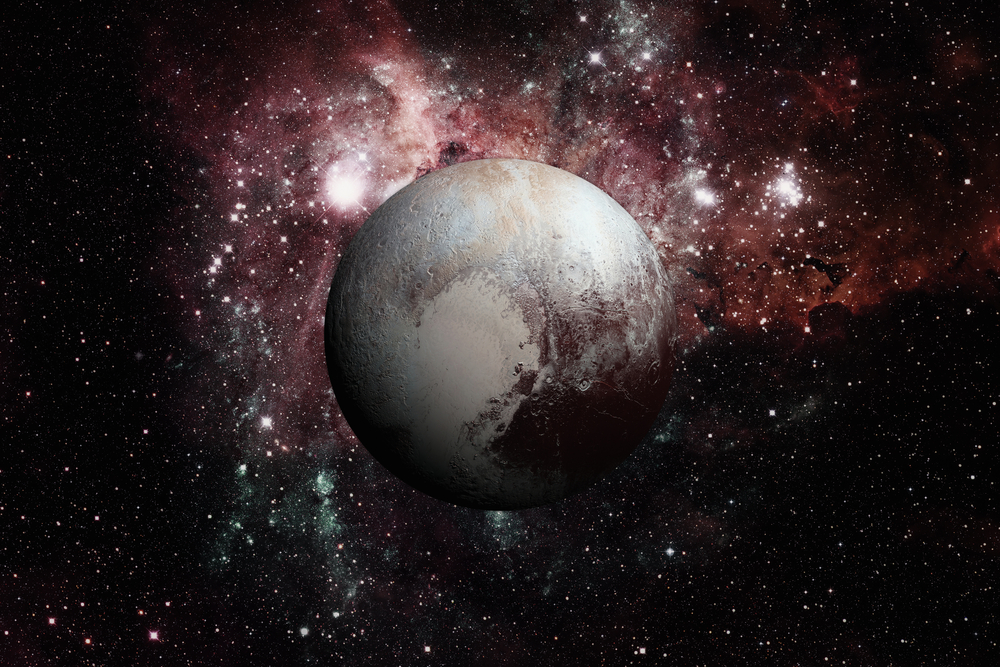On the surface of the dwarf planet Pluto, there’s a 1,600-kilometer-wide area covered by a thick layer of nitrogen ice that has puzzled astronomers since it was first discovered in 2015.
Others are reading now
Astronomers believe they’ve uncovered the cause of Pluto’s iconic icy heart, pointing to a violent cosmic collision in the dwarf planet’s distant past.
This new theory helps explain the large, 1,600-kilometer-wide heart-shaped area on Pluto’s surface covered by a thick layer of nitrogen ice, which has intrigued scientists since its discovery by NASA’s New Horizons spacecraft in 2015.
Pluto’s Icy Heart
When the New Horizons spacecraft flew past Pluto, it sent back striking images of the dwarf planet’s surface, revealing a bright and smooth heart-shaped region known as Tombaugh Regio, named after the American astronomer Clyde Tombaugh, who discovered Pluto in 1930.
Also read
The western part of this heart, known as Sputnik Planitia, is a tear-shaped ice plateau that stands out due to its unique characteristics.
An international team of astronomers, led by researchers from the University of Bern, conducted a series of computer simulations to understand what might have created this distinctive heart-shaped region.
The simulations suggest that Pluto likely experienced a violent cosmic collision with a celestial body about 700 kilometers in diameter—roughly twice the length of Switzerland from east to west.
The researchers believe this massive impact occurred at an oblique angle, resulting in the elongated shape of Sputnik Planitia.
The collision likely caused a depression in Pluto’s surface, creating an area between one and three kilometers lower than the rest of the planet. This depression quickly filled with thick ice after the impact, forming the heart-shaped region we see today.
Cosmic Collisions
The study, published in the journal Nature Astronomy, supports earlier theories suggesting that a cosmic collision with a large object could have caused the formation of Pluto’s icy heart.
However, the University of Bern team claims to be the first to successfully recreate the exact event and determine the size of the object responsible for the ice-covered scar.


